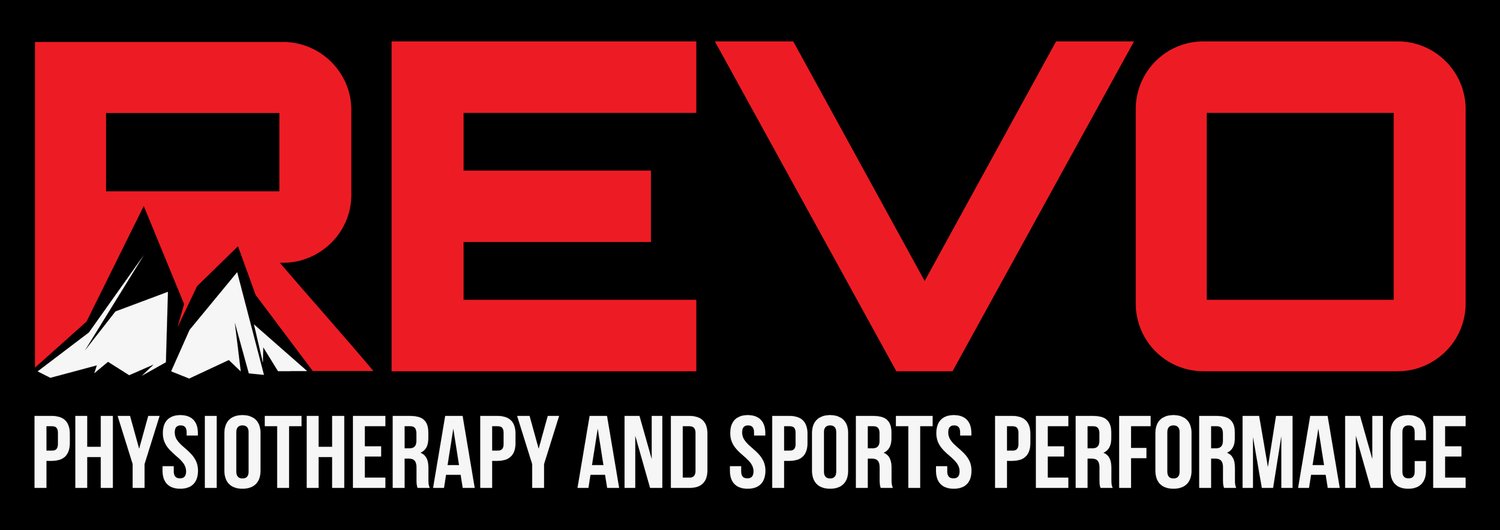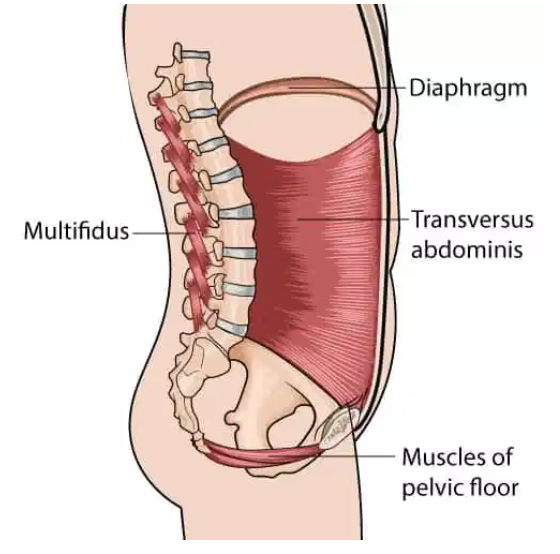Postpartum Rehab: A necessity for all female athletes
Did you know 70% of competitive female runners report running by 8 weeks postpartum?3 Most women are cleared for exercise by their OBGYN by 6 weeks, however, many women continue to struggle with postpartum physiological changes (low back pain, abdominal separation, pelvic floor weakness). In fact, 50% of women report low back pain during late pregnancy and 37% report low back pain persisting after 3 months postpartum. In addition, 20% of women continue to experience low back pain for YEARS.1
The postpartum period (after 6 weeks) and return to physical activity for most women remain rather ambiguous. When considering the physical changes that occur during pregnancy and after delivery, working one on one with a physical therapist is a necessity for injury prevention and return to sport. The American College of Obstetricians and Gynecologists (ACOG) have now stated postpartum care as the “4th trimester” - an ongoing process requiring a cross-disciplinary, personalized approach - emphasizing physical therapy. Postpartum physical therapy is essential for women to address early core stabilization exercises, wound care, improve posture postpartum, muscle imbalances, and motor control.
Physical changes refer to musculoskeletal adaptations to the female body during pregnancy. During the postpartum period, women continue to experience muscle imbalances from lengthened muscle groups.
Posture: During the third trimester, women develop lumbar lordosis (or excessive lumbar spine curvature). Hip flexors originate from the lumbar spine and insert in front of the hip on the lesser trochanter of the femur. Tight hip flexors will pull the pelvis forward out of a neutral posture position and into an “anterior pelvic tilt”. The result is overstretched abdominal muscles and very tight low back erector spinae muscles. If left unaddressed, this postural deficit will lead to continued low back pain, hip pain, and muscle imbalances during the postpartum period. In addition, the thoracic spine develops “kyphosis” or too much curvature and loses range of motion (stiffness) which can increase shoulder injuries. Lastly, due to the center of gravity being shifted forward during pregnancy, women are more likely to develop tight quads due to hyperextension of the knees which can lead to knee pain during return to sport phase of rehab.
Muscular changes: Diastasis Recti is defined as abdominal separation greater than 2.7 cm or 3 fingers width. The transverse abdominus muscles are the deepest core muscles that attach to the lumbar spine and wrap around the abdomen like a “corset” to provide support for internal organs and spine stability. These deep core stabilizing muscles activate before you initiate a movement to protect the spine. Inadequate core stability can lead to low back pain, pelvic girdle pain, and hip pain.
Weakened pelvic floor muscles - The pelvic floor muscles are a group of muscles that provide support to internal organs, maintains intra abdominal pressure, and prevents urinary incontinence. These layers of muscles stretch like a hammock from your tailbone to your pubic bone and become overstretched during pregnancy as the pubic symphysis widens after 10-12 weeks. Women who have vaginal delivery are twice as likely to experience urinary incontinence postpartum. Research has found that the levator ani (largest pelvic floor muscle) is 30% denervated by 6 weeks postpartum, meaning a loss of nerve supply to the muscle which will alter function.2 Although incontinence is typically expected immediately after child birth, it has been reported in 20.7% of women 4 months postpartum. As intra abdominal pressure increases during exercise, a dysfunctional pelvic floor will cause urinary incontinence and interfere with sport activities.
Let's summarize: A combination of postural changes, abdominal separation, and weakened pelvic floor = poor trunk stability. These key muscles (transversus abdominis, multifidus, diaphragm, and muscles of the pelvic floor) are crucial components of a box of stability that stabilizes our spine during movements. When one or two muscles are not working properly, others overcompensate so we see injuries in joints above and below the lumbar spine.
The first part of a rehab program should address posture and skeletal alignment. If the bones and joints are out of alignment, muscles will not be in an optimal position to engage properly. If you find that you tend to overarch your low back, try these exercises to neutralize your spine:
Supine Pelvic Tilts - Helps with early rehab to neutralize the lumbar spine
Hip Flexor Stretch - Emphasis should be placed on tucking the tail bone
Exercises that will help early on with muscle imbalances:
Transversus Abdominis Activation will assist with abdominal separation
Kegal Exercises will assist with pelvic floor activation
While these are just a few examples of exercises to initiate early in postpartum, every individual is a unique case and should be treated with a personalized physical therapy approach.
Citations:
K Bo, R Artal, R Barakat, et al. Exercise and pregnancy in recreational and elite athletes: 2016/17 evidence summary from the IOC. Expert group meeting, Lausanne. Part 3- exercise in postpartum period. Br J Sports Med 2017; 51: 1516-1525.
South MM, Stinnett SS, Sanders DB, et al. Levator ani denervation and reinnervation 6 months after childbirth. Am J Obstet Gynecol 2009;200:e1-7:519.e1-519.e7.
Tenforde AS, Toth KE, Langen E, Fredericson M, Sainani KL. Running habits of competitive runners during pregnancy and breastfeeding. Sports Health.



